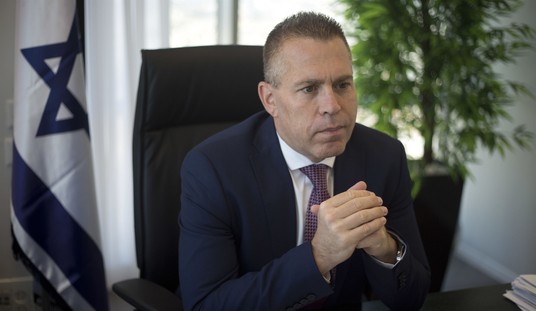If we came up with a sure cure for lung cancer, we wouldn't withhold it because it might encourage people to smoke. But something about heroin addiction tends to cloud our thinking on public health policy. On this subject, though, Los Angeles has enjoyed a moment of sunny clarity.
The federal Centers for Disease Control reported in July 2006 that more than 16,000 people died in 2002 from drug overdoses. Philadelphia loses more lives to heroin than to homicide. Chicago witnessed nearly 200 deaths in 18 months from overdoses of fentanyl, an exceptionally powerful opiate that is often mixed with heroin.
One way to prevent people from overdosing is to stop them from using drugs. But as smokers have demonstrated, knowing you should quit and actually quitting are two different things. Despite all our law enforcement and education efforts, there are nearly 120,000 heroin users in the United States.
Abstinence is best, but when it's not universal, other remedies are needed. Luckily, one has emerged. Naloxone is a medicine with one conspicuous attribute: It can stop a heroin overdose in its tracks.
In 2006, the Los Angeles County Board of Supervisors voted to spend $100,000 to dispense naloxone to community organizations that offer treatment and other help to addicts. It's the latest government to acknowledge that the first step toward curing drug abuse is keeping the abuser alive.
The board has grounds to act. Fatal drug overdoses in Los Angeles have hit the highest level in a decade. Among whites between the ages of 25 and 44, they are the leading cause of death. In 2002 and 2003, there were more than 900 known deaths involving heroin, or more than one every day.
The fiercest critics of drug use may think overdoses are not such a bad thing, since they get rid of troublesome lowlifes. But even by that harsh logic, naloxone is worthwhile, if only because not all excessive ingestions are lethal. Hundreds of heroin users are admitted to Los Angeles County's public hospitals every year with nonfatal overdoses, at a typical cost of $16,000 apiece. Many others get emergency room care. All this means an overdose of tax burdens for local residents.
Recommended
There is no question that naloxone (also known as Narcan) works. Emergency medical service providers in Los Angeles County already use it about 1,000 times a year.
In Cook County, Ill., a naloxone distribution program operated by the Chicago Recovery Alliance helped to bring down the number of deaths from 466 in 2000 to 324 in 2003. Dan Bigg, director of the program, says that between January 2001 and September 2006, it documented 478 episodes of reversed overdoses -- most or all of which would have been fatal.
But even though deaths for heroin overdoses are rampant in many places, we have held back from mass deployment of a medicine that can save lives. The federal government provides no money for overdose treatment efforts, though Sen. Dick Durbin, D-Ill., introduced a bill to change that. The White House Office of National Drug Control Policy has been wary of naloxone, arguing, "We don't want to send the message out that there is a safe way to use heroin."
No, we don't. But it's entirely feasible for governments to proselytize against drug use while trying to keep drug users alive, just as we preach against tobacco while providing medical care to smokers stricken by emphysema.
Naloxone has several great advantages beyond its capacity to instantly avert death. One is that it's very cheap -- about 26 cents a dose. Another is that unlike methadone, which is used to wean addicts off heroin, it has no recreational use. So there is no danger addicts will abuse it or sell it in the black market.
It also can be administered by minimally trained laypeople, which makes it ideal for treating heroin addicts. Many of them die because their fellow drug users are afraid to call 911 and invite an encounter with police. Giving naloxone to a user means he can inject a friend in severe distress, sparing a life without risking jail.
Saving heroin users from killing themselves is not as good as persuading them to give up heroin entirely. But naloxone is a priceless tool for addressing drug problems. After all, as Dan Bigg notes, you can't cure an addict once he's dead.

























Join the conversation as a VIP Member